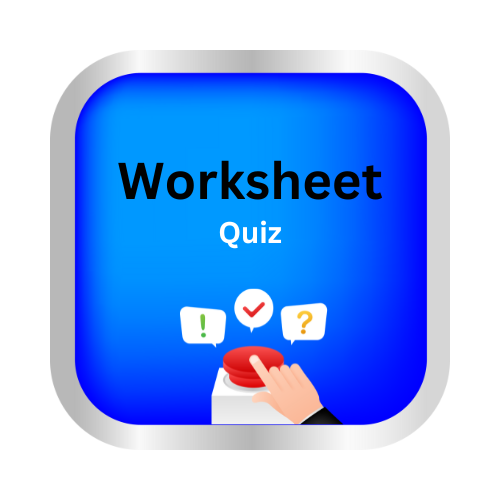Regroup tens and ones
key notes:
Understanding Place Value:
- Teach students that the value of digits depends on their place in a number (ones, tens, hundreds, etc.).
- The digit in the ones place represents single units, and the digit in the tens place represents groups of 10.
Regrouping Concept:
- Explain that when the number of ones exceeds 9, they can be “regrouped” into tens. For example, 15 ones become 1 group of ten and 5 ones.
Visual Aids:
- Use base-10 blocks, where each “ten” is a rod and each “one” is a unit block. Show how 10 ones can be combined to form one ten.
Examples:
Demonstrate examples like:
- 18 ones = 1 ten and 8 ones.
- 23 ones = 2 tens and 3 ones.
- 35 ones = 3 tens and 5 ones.
Regrouping in Addition:
- Teach how regrouping works in addition. For example, adding 7 ones and 6 ones results in 13 ones, which can be regrouped as 1 ten and 3 ones.
Simple Word Problems:
- Give simple word problems where students must regroup tens and ones, such as “If you have 18 apples and you buy 7 more, how many tens and ones do you have?”
Learn with an example
👉 Carryover.
Write a number from 0 to 9 in each box.
👉 3 tens + 25 ones =____ tens + _____ ones
- Sol: Carry over the ones:
- 3 tens + 25 ones = 3 tens + 2 tens + 5 ones
- Count all the tens together:
- 3 tens + 2 tens + 5 ones = 5 tens + 5 ones
- Then:
- 3 tens + 25 ones = 5 tens + 5 ones
👉 Carryover.
Write a number from 0 to 9 in each box.
👉 6 tens + 20 ones =_____ tens + ____ones
- Carry over the ones:
- 6 tens + 20 ones = 6 tens + 2 tens + 0 ones
- Count all the tens together:
- 6 tens + 2 tens + 0 ones = 8 tens + 0 ones
- Then:
- 6 tens + 20 ones = 8 tens + 0 ones
👉 Carryover.
Write a number from 0 to 9 in each box.
👉 8 tens + 10 ones =___ tens +____ ones
- Carry over the ones:
- 8 tens + 10 ones = 8 tens + 1 ten + 0 ones
- Count all the tens together:
- 8 tens + 1 ten + 0 ones = 9 tens + 0 ones
- Then:
- 8 tens + 10 ones = 9 tens + 0 ones
Let’s practice! 🖊️

